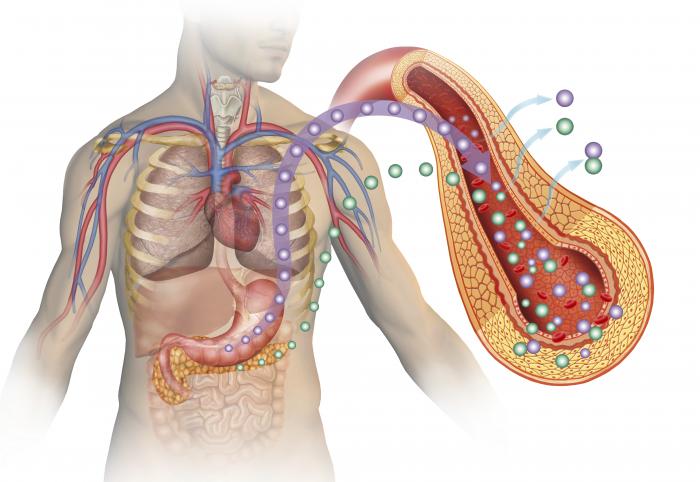
In type 2 diabetes, the body builds resistance to insulin, requiring more insulin to bring down blood glucose levels. As such, the pancreas needs to produce more insulin than it normally would.
The researchers – from the Department of Medicine at Imperial College London in the UK and LMU Munich in Germany – publish their findings in the journal Nature Communications.
They note that type 2 diabetes, which impairs an individual’s control over their blood sugar levels, affects about 350 million people around the world. The disease can lead to a higher risk of heart disease and stroke, causing potential damage to the kidneys, nerves and retinas.
According to the Centers for Disease Control and Prevention (CDC), in 2012, 29.1 million people in the US – 9.3% of the population – had diabetes.
The disease involves a disturbance of normal glucose homeostasis caused by a failure of the pancreas’ beta cell mass to compensate for increased insulin resistance. However, in their new study, the researchers show that their prototype drug – called JB253 – stimulates insulin release from pancreatic cells when exposed to blue light.
